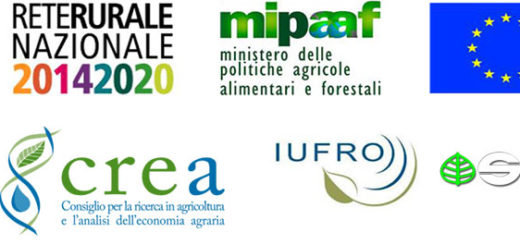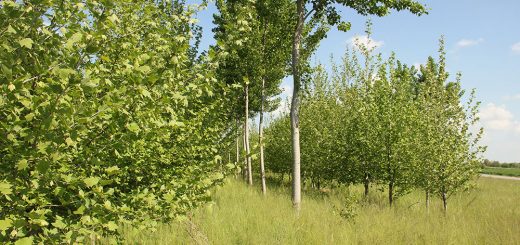Changing climate conditions are known to influence forest tree growth response and the CO2 cycle. Dendroclimatological research has shown that the climate signal, species composition, and growth trends have changed in different types of forest ecosystems during the last century. Under current and demonstrated changes in climate variability at the geographic, regional, and local levels tree growth shows also variability and trends that can be non-stationary during time even at relatively short distance between sites. In forest planning and management, yield tables, site quality indices, age class, rate of growth, and spatial distribution are some of the most used tools and parameters. However, these methods do not involve climate variability during time although climate is the main driver in trends of forest and tree growth. Previous research warns about the risk that forest management under changing climatic conditions could amplify their negative effects.






